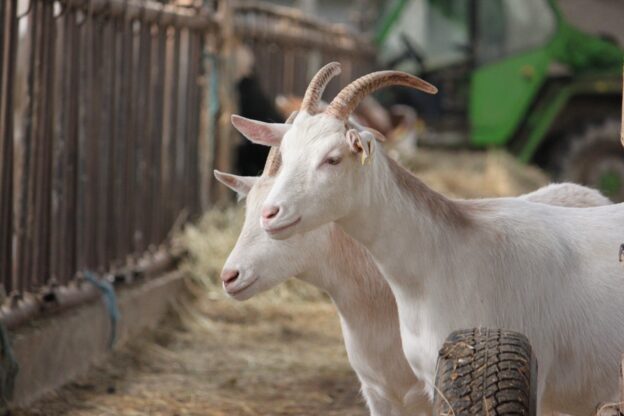Two indistinguishable goats were brought on Yom Kippur before the Kohein Gadol, who placed a randomly-pulled lot on the head of each animal. One lot read “to Hashem” and the other “to Azazel” – the name of a steep cliff in a barren desert.
The first was sacrificed as a holy korban; the second, taken to the cliff and thrown off, dying unceremoniously before even reaching the bottom.
There are two ways to view human life, either as the result of intent or the product of accident. And a corollary follows: Either our lives are meaningful, or they are not.
If the roots of our existence ultimately lie in randomness, there can be no more meaning to good and bad actions than to good or bad plays; no more import to right and wrong than to right and left. Societal norms can be promoted, but a social contract is a practical tool, not a moral imperative. Only if there is a Creator in the larger picture can there be ultimate import to human life, placing it on a plane meaningfully above that of mosquitoes.
The Torah’s most basic message is the meaningfulness of human life.
Might the goat brought as a korban symbolize recognition of the idea that humans are beholden to something greater? And the counter-goat, fate to a desolate, unholy place, allude to the perspective of life as pointless, lacking higher purpose?
Strangely, the Azazel-goat is described by the Torah as carrying away the people’s sins.
Might that mean that sin stems from not realizing how meaningful our lives are? And might a reminder about that idea on the holiest day of the Jewish year spur thoughts of repentance, of re-embracing the grand meaningfulness that is a human life?
© 2024 Rabbi Avi Shafran
